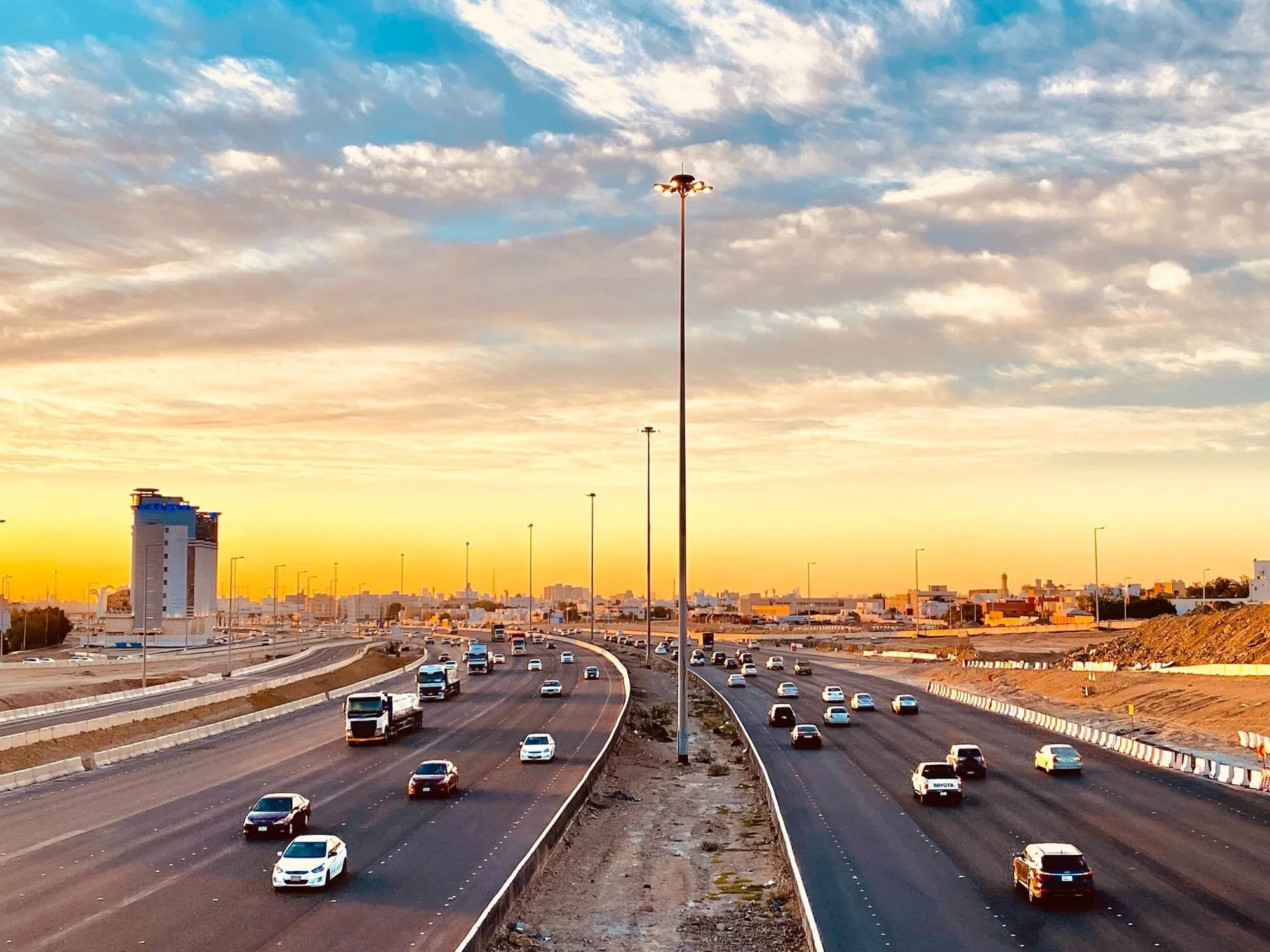Today we head to Saudi Arabia, the largest in Western Asia and second largest in the Arab world after Algeria. Saudi Arabia is situated on the Arabian peninsular, and if you’re in the mood for superlatives, the Arabian peninsular is the world’s largest peninsular. Oh and Saudi Arabia is the largest country in the world without a river.
Saudia Arabis is a country I’ve always associated with harsh laws, such as not allowing women to drive, or performing public beheadings. Saudia Arabia also has a reputation for human rights abuses against the LGBT community. For example, in March 2017, two transgender people were forced into bags, beaten with sticks, and tortured to death. I’m going to have a tough time seeing past this.
That said, Also Saudi Arabia has long been a strategic ally of the West, cracking down on religious extremism and serving as a staging post for the Gulf War. More recently, Saudi Arabia is opening up. As of 2019, women are now allowed to drive, and Crown Prince Mohammed bin Salman has introduced several headline-grabbing social reforms. As of 2019 Saudi Arabia has launched a tourist visa allowing foreigners to visit Saudia Arabia for tourism for the first time.
Saudi Arabia is a country which has for a long time existed on a knife-edge between the prospects of oil wealth and highly conservative values. As climate change reduces our demand for fossil fuels this is likely to have a disproportionate affect on Saudi Arabia, a country where the majority of the population does not currently work. I very much recommend checking out this VisualPolitik video on the subject. Saudia Arabia is really in for a decade of change.
I'm writing about every country in the world. One a day for 195 days. Learn more
